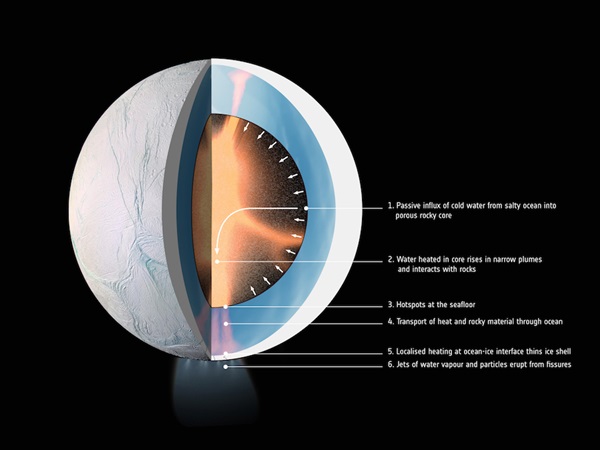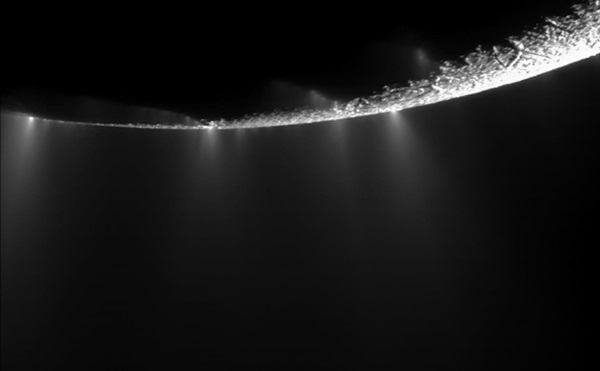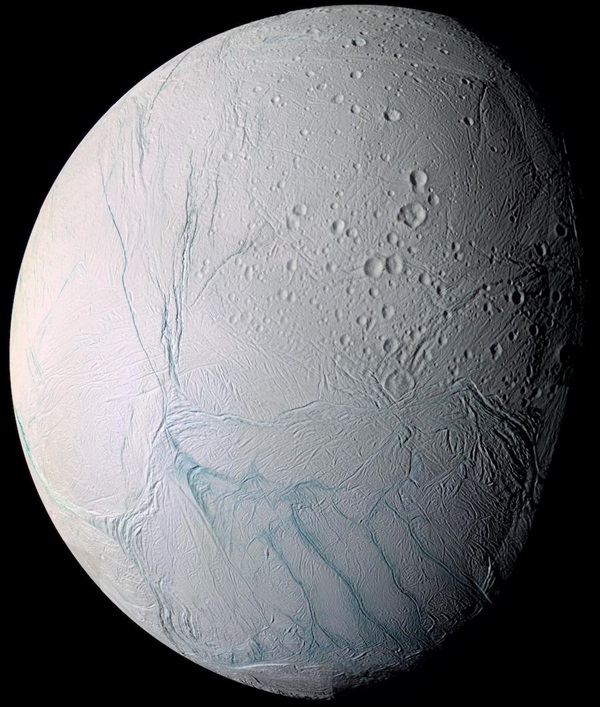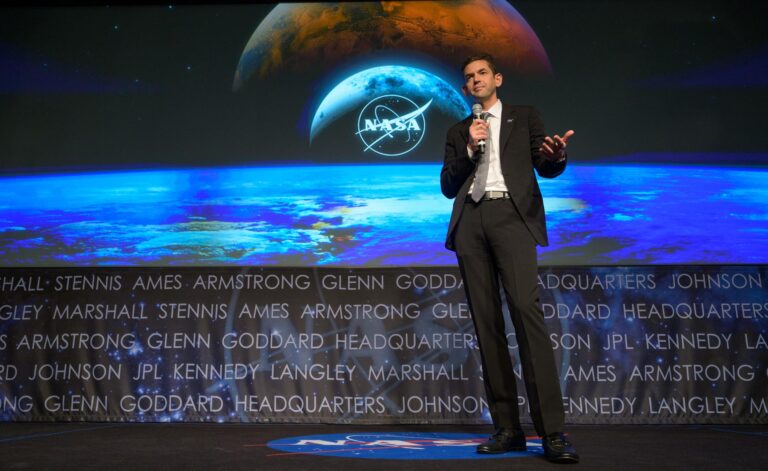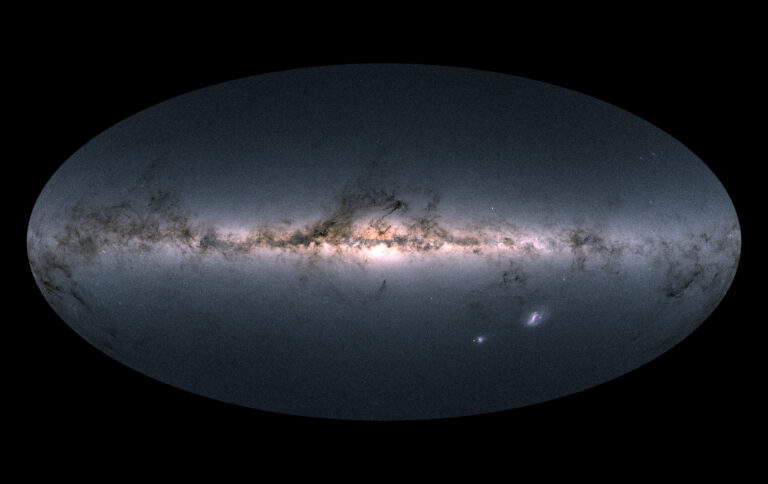Key Takeaways:
However, the driving force behind this geologic activity has long been a mystery. Despite being only about as wide as Arizona, Enceladus is one of the brightest objects in our solar system. Since its ice-covered surface reflects almost 100 percent of incoming sunlight, the surface of Enceladus is also extremely cold, hovering around 330 degrees Fahrenheit below zero (-201 Celsius). Given its tiny size, icy crust, and frigid temperatures, one would expect that Enceladus would have cooled rapidly after its formation, freezing solid long ago. But this is apparently not the case.
How is Enceladus still so geologically active when its similarly sized neighbor, Mimas, seems to be completely frozen and dead? Shouldn’t the ocean beneath Enceladus’ icy crust have frozen solid billions of years ago? These questions, which have puzzled astronomers and planetary geologists for the past decade, may have finally been answered in a paper published yesterday in Nature Astronomy.
In the study, researchers presented the first computer model of Enceladus that not only replicates all of the moon’s fundamental characteristics as seen by Cassini, but also demonstrates an effective heating mechanism by which Enceladus could maintain its subsurface liquid ocean for billions of years.
“Where Enceladus gets the sustained power to remain active has always been a bit of a mystery,” says lead author Gaël Choblet from the University of Nantes in France in a press release, “but we’ve now considered in greater detail how the structure and composition of the moon’s rocky core could play a key role in generating the necessary energy.”
For years, researchers have suggested that tidal forces — gravitational pushes and pulls — acting on the surfaces of ice-covered moons could generate enough heat to maintain subsurface oceans; however, prior research has shown that if only the icy crust of Enceladus were flexing due to its tidal tug-of-war with Saturn and its fellow moons, then there would only be enough heat generated to maintain its ocean for about 30 million years.
The researchers’ key insight came when they stopped assuming Enceladus had a solid rocky core and instead considered the possibility of a porous core containing 20 to 30 percent empty space. When they did this, their model showed that as Enceladus orbits its parent planet, tidal forces from Saturn easily flex Enceladus’ porous core, causing the rocks to grind together, generating massive amounts of heat from friction.
Since this heat is generated within the core of Enceladus, it remains somewhat insulated and tends to build up over time. And, because the moon’s porous core is semipermeable, water also trickles down from the ocean into the rock below. Here, energy from the hot, rocky core is transferred to the water, heating it to at least 194 degrees Fahrenheit (90 Celsius).
This causes the water to well upward and outward, which creates hotspots on Enceladus’ ocean floor. The researchers’ simulation showed that one of these seafloor hotspots alone was capable of releasing about five gigawatts of energy. For comparison, Hoover Dam is capable of producing just over two gigawatts.
Furthermore, the model showed that this global water heater should be strongest near the moon’s poles, where warm, mineral-rich water rises from the seafloor to the icy outer shell. Over time, this subsurface heating mechanism has thinned Enceladus’ frozen crust to just a few miles thick at the south pole — where the moon’s geysers are located. Meanwhile, the rest of Enceladus’ outer shell remains about 12 to 16 miles thick (20 to 25 km).
Considering where life on Earth is believed to have formed, one of the obvious questions that comes along with this study is: Could life exist near Enceladus’s hot, mineral-rich hydrothermal vents? And if so, how do we study these sites? According to Nicolas Altobelli, ESA’s Cassini project scientist, “Future missions capable of analyzing the organic molecules in the Enceladus plume with a higher accuracy than Cassini would be able to tell us if sustained hydrothermal conditions could have allowed life to emerge.”
And as luck would have it, just a few days ago NASA announced they have plans to build the Submillimeter Enceladus Life Fundamentals Instrument (SELFI), an instrument that will “study the composition of geysers spewing water vapor and icy particles from the south pole of Saturn’s small moon, Enceladus.” By measuring trace chemicals in the water plumes, scientists believe they can determine the composition Enceladus’ subsurface ocean, shedding light on the potential of the small, cold moon to host extraterrestrial life.

